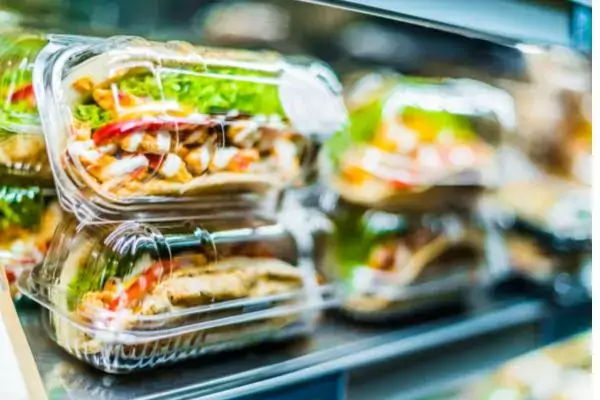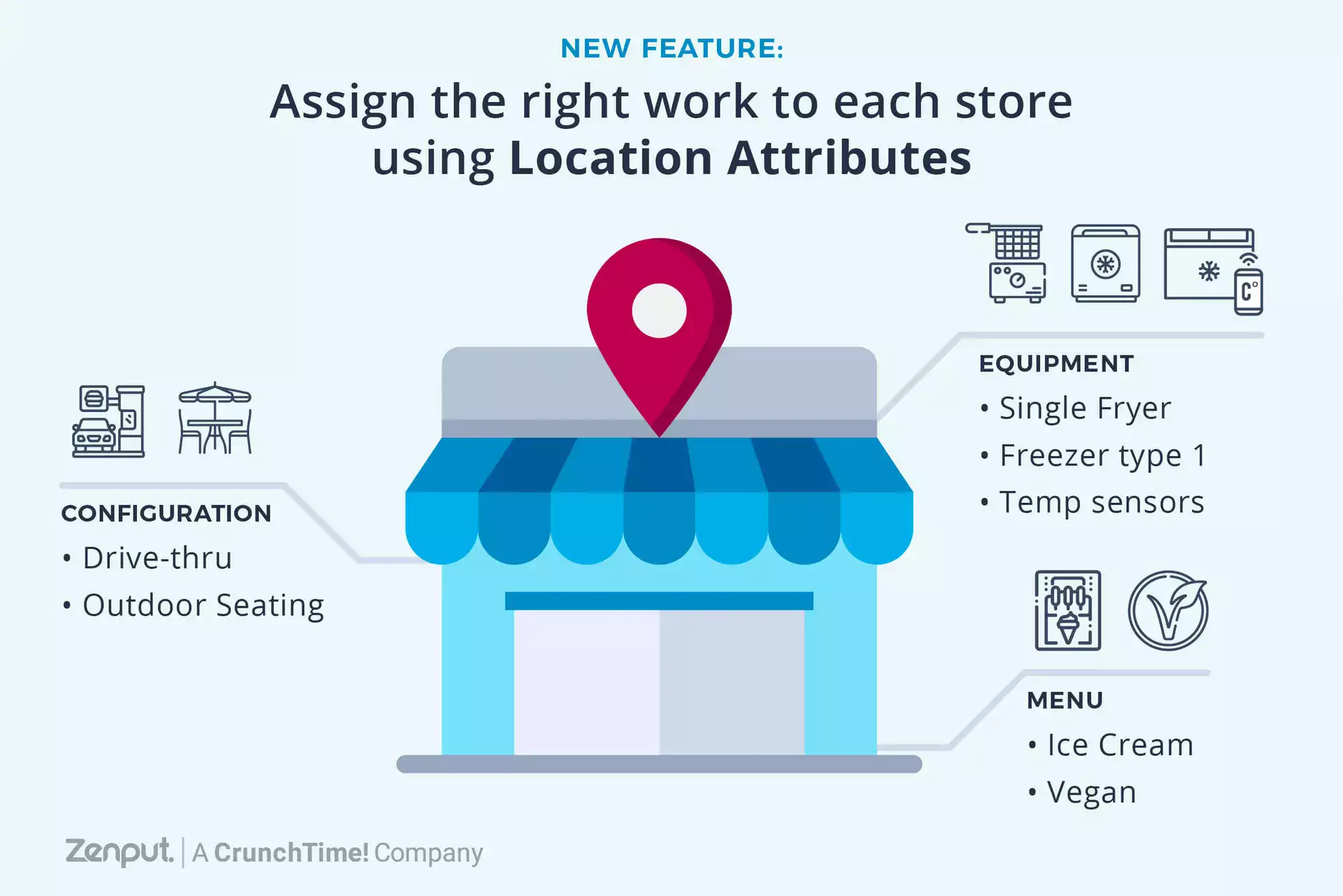I was about to sit through a book reading by one of my favorite authors, and all I could think about was my dry lips. I needed a ChapStick, pronto. Once you feel your lips are chapped or your breath is bad, you can’t stop thinking about it. It’s so distracting! I had a few minutes before the show started, so I walked to the closest store—a 7-Eleven. Before I left, I also bought a bag of M&Ms. I was a happy camper for the rest of the evening.
Despite channel blurring, convenient stores still trail their mass, drug, and dollar store counterparts in the health and beauty care (HBC) category, according to a recent Convenience Store Decisions report. C-stores need to do something about this; it’s too good of an opportunity to pass up! As CSD points out—and as I know from experience—time-strapped customers don’t have time to wander for a Chapstick or a couple of aspirin. C-stores have a clear geographic advantage in that regard; they’re often the closest store.
A Growing Category…With Small-Sized Products
According to research by Mintel, total HBC retail sales are expected to increase 12% from 2014 and reach $42.5 billion by 2019. As CSD reports, many retailers are having success with smaller-sized products. Cosmetics maintain the highest market share at 25%, and some retailers report success with eye liners, lipsticks, hair sprays, and small-sized conditions. The strategy of offering travel-sized products for a lower price also works well for feminine hygiene products, headache powders, and even diapers. Retailers also report that placement is key. Some reserve a small amount of space at the front of the store with recognizable brands.The Case for Private-Label Products
In time, more convenience store retailers could develop their own private-label HBC brands to profit more from the category. Ric Anderson, managing partner of Retail Think Tank, says that c-stores can succeed if they take the time, effort and strategy to build private brands that mean something to the customer. These products should also be in different section of the store with different visuals—a destination rather than a point-of-sale grab. By under-pricing national brands, private-label products can create a value that the customer understands and accepts.In order for c-stores to even consider this option, they would have to have a very firm grasp of their retail metrics, including inventory control, SKUs, and product facings. Store operators would have to know what products are moving faster than others, and how customers respond to product placement in the store. They would also have to account for changes in their store planogram, and how growing HBC might affect other categories in the store.
So yes, there’s a clear opportunity here for c-stores—but only if the process to get there does first!Subscribe to our blog
You are now subscribed!


